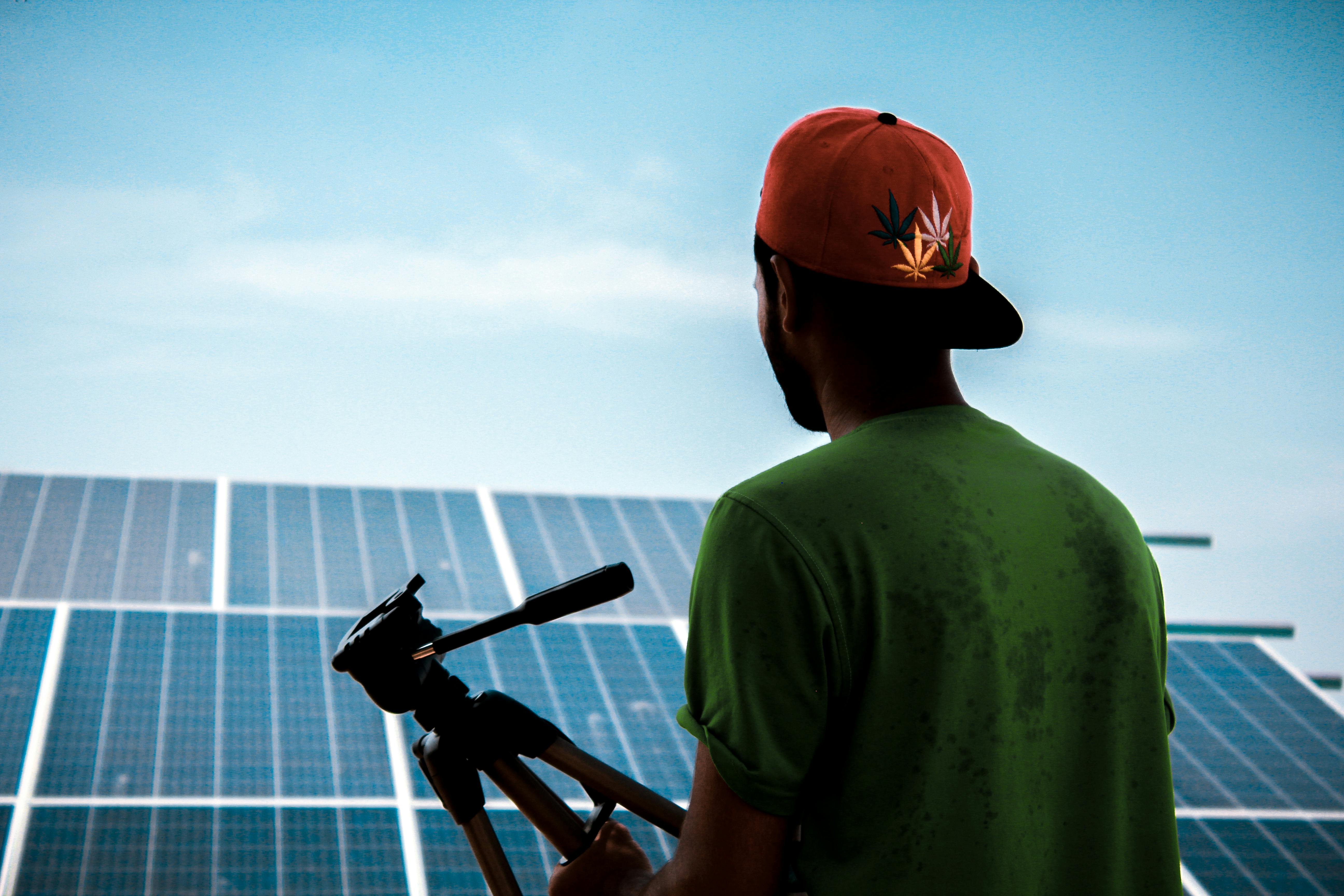Read Time : 2 Minutes
Environmental impact of Hydroelectricity
Environmental Impact of Hydroelectricity
Hydro schemes can have a potentially adverse impact on the environment, so care must be taken in the planning and installation stages. As such, it is vital to obtain permission from the Environment Agency before installing a hydroelectricity system. The Environment Agency will not grant permission to a scheme that does not comply with environmental legislation and has the potential for doing harm to the surrounding area. This applies to small scale installations as well as larger, more invasive operations. There are three main areas where installing a hydroelectric plant can have an effect on the environment:
- The impact on land use.
- The environmental impact on wildlife.
- The impact on emissions.
Land Use and Hydroelectric Power
For large scale plants that involve the building of a dam, the impact on the use of the surrounding land can be large and significant. A full assessment of the value of this has to be done in order for planning permission to succeed and construction to begin. Whilst smaller plants that use run-of-the-river systems may well have a lesser impact, there still needs to be an assessment done on how that will affect the course of the river and what impact it may have on river life. There is also the issue of silt and sediment build up as a result of the process that could have a detrimental impact over a long period of time.
COMPARE PRICES FROM LOCAL INSTALLERS
Compare prices from local companies fast & free
Enter your postcode to compare quotes from leading professionals. We promise to keep your information Safe & Secure. Privacy Policy
Wildlife and Hydroelectric Power
Large scale hydroelectric will have a huge impact on wildlife, destroying habitats that will need to be replaced when water builds up in reservoirs following the installation of something like a dam. For run-of-the-river systems you need to take into account what the effect the plant will have on water life as well as the impact noise and construction will have on local wildlife. With tidal hydro there are similar concerns, especially as the construction has to be large to generate the power required.
Emissions and Hydroelectric Power
Hydroelectric plants, both large and small, are not totally emission free. Small run-of-the-river plants will typically emit between 0.01 and 0.03 pounds of CO2 per kWh whilst for larger hydroelectric dams the impact is much greater (not to mention the vegetation that is destroyed in the process) at around 0.5 pounds per kWh.
Planning a Hydroelectric Plant
Whether you are a community hydro scheme or a smaller scale micro hydro installer, you will need to keep people like the Environment Agency on your side. The time to consider the impact of your installation on the local area is at the planning stage, when you trying to decide whether you have a suitable site or not.
The Environment Agency
The Environment Agency will assess your plans for the project based on a range of criteria: they will look at the amount of water that the system will take from the watercourse (known as ‘abstraction’), as well as the potential change in river levels (where a new weir is constructed). They will also assess the potential flood risk introduced by the system and associated construction works, as well as any drainage issues.
The Environmental Impact on Fish Stock
Another consideration is the impact that the system will have on the local fish population. Fish which pass through turbines can be seriously harmed, so the Environment Agency will check that you have made provision for this too. This will often take the form of adequate screening before the turbine and the construction of fish passages, which allow migrating fish to bypass the obstruction caused by the system. Obtaining permission from the Environment Agency can be a long process, sometimes lasting as much as a year, so it is necessary to get the ball rolling well in advance with a ‘pre-application’ which can be done before the full formal application. More details on securing Environment Agency permission, as well information on application statistics and success rate is available on their website.
Tidal Hydroelectricity and Environmental Impact
In the case of tidal hydro installations, there are very few precedents from which to collect information. Given the relative novelty of tidal hydro systems, their precise environmental impact remains undetermined, though many have expressed concerns that the rotating blades of turbines can cause damage to local ecosystems.
Find a local installer
Welcome to the biggest directory of UK renewable energy companies





